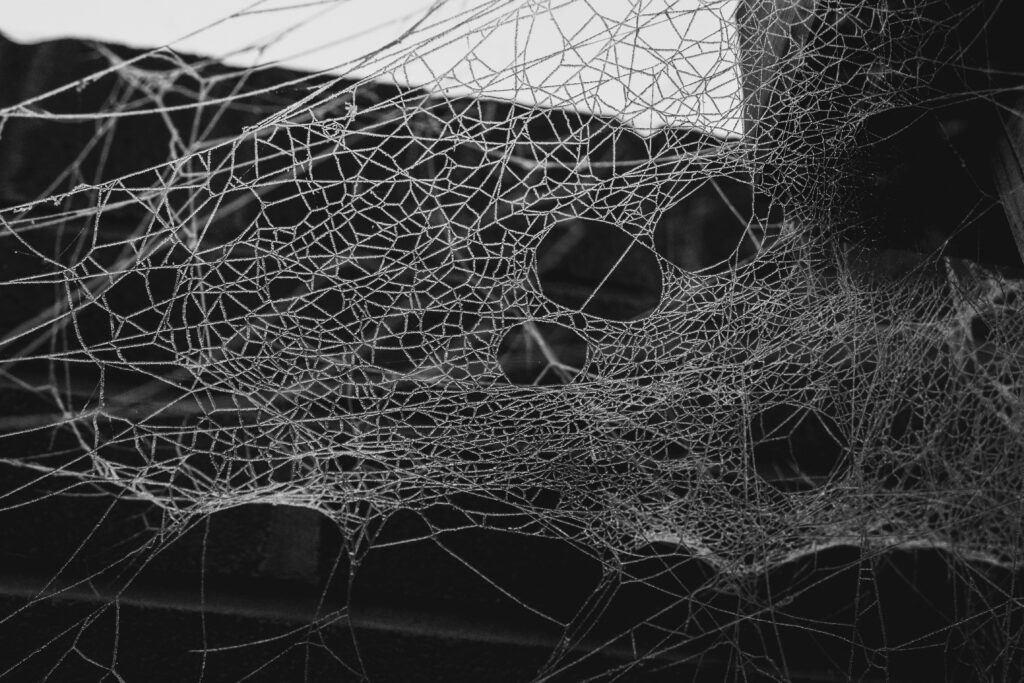Reflections from the Therapy Room
This blog offers thoughts and reflections from my work as a psychodynamic psychotherapist.
Here you’ll find explorations of emotional life, relational patterns, identity, trauma, and the deeper meaning beneath the surface of symptoms. Sometimes I’ll write about themes that show up often in therapy, or questions that arise in the culture around mental health and diagnosis.
My aim is not to give answers, but to invite reflection — and perhaps offer a different kind of space to think, feel, and connect.
— Gabriel Facchini
Diagnosis can be a double-edged sword.
- Diagnosis can be a double-edged sword.
In recent years, we’ve seen a growing cultural focus on neurodivergence — ADHD and autism in particular. Diagnosis has moved from the clinic into the mainstream. Social media is flooded with checklists, lived-experience reels, and self-identification stories. And in many ways, this shift has been positive.
For many people, receiving a diagnosis is a moment of clarity, even relief. What once felt like chaos or personal failure is recontextualised as something understandable — nameable. There’s a sense of belonging, a path to resources, and often, a newfound wave of empathy from both self and others.
But in the consulting room, I often witness the other side of this trend.
📌 Diagnosis as a Fixed Identity
While diagnosis can provide language and structure, it also has the potential to fix a person in place — to turn something fluid and complex into something static and definitive.
Clients come into therapy and say things like:
“I’m ADHD — that’s just how my brain works.”
“I’m autistic, so I struggle with relationships.”
“I can’t change that — it’s part of my diagnosis.”Rather than deepening curiosity about the self, diagnosis can sometimes shut it down. It becomes not a doorway to understanding, but a ceiling on growth. A full stop.
🧩 Labels vs. the Lived Self
This is not a critique of diagnosis itself — but of how it’s used.
In psychodynamic therapy, we work with the idea that a person is never a finished product. We are evolving, relational beings — shaped by early experiences, inner conflicts, defences, losses, and longings. Our difficulties often speak in code: symptoms are meaningful, not just mechanical.
Donald Winnicott, a British psychoanalyst and paediatrician, offered a powerful idea: that each person has a “true self” — a spontaneous, creative, alive part of us — and a “false self” developed to adapt to external pressures.
In some cases, a diagnostic label can support the true self — by reducing shame, creating understanding, and allowing space for needs that had been ignored.
But too often, it strengthens the false self — a constructed identity based on adaptation, survival, and performance. The label can be worn like armour, protecting a person from vulnerability — but also from the possibility of change.
📈 The Rise of ADHD Diagnosis — A Cultural Moment
Among all the conditions currently receiving attention, ADHD stands out. Adults who have struggled for years with focus, impulsivity, burnout, or disorganisation are finally finding language for their experience.
But we need to ask: what else might be going on here?
What if poor concentration isn’t always neurological, but emotional?
What if disorganisation is sometimes a defence against unbearable pressure or inner criticism?
What if difficulty “starting tasks” is actually a fear of failure rooted in early experience?Diagnosis offers a shortcut, but therapy invites a slow unfolding. Sometimes, what looks like ADHD is actually trauma, or depression, or an unmet need for validation, safety, or relational attunement.
🤝 The Wish for Deeper Empathy — Without the Label
One of the more poignant realities I encounter is this:
A diagnosis often unlocks empathy — for self, or for a loved one.
The label gives people “permission” to soften, to understand, to offer compassion.And while I welcome that shift, I can’t help but wish that this empathy didn’t require an official stamp.
What if we could relate to our inner struggles with care, even when they don’t fit neatly into a category?
What if we could honour our pain not because it’s medical, but because it’s human?
🔄 Toward a More Evolving View of the Person
In my work as a psychodynamic psychotherapist, I don’t try to take away a client’s diagnosis — but I do invite us to look beyond it.
- What else might this symptom be saying?
- What story sits underneath this struggle?
- Who might you be — beyond the label?
Because healing, in my experience, comes not from locking ourselves into an identity — but from exploring what it means to be fully alive in relationship, moment by moment. If you’re curious about exploring beyond diagnosis in a therapeutic setting, you’re welcome to get in touch to book a session.
💬 Final Note
Diagnosis can be a helpful lens — but it should never be a box.
We are not static categories, we are living stories — evolving, connecting, and growing.And that, more than anything, deserves our deepest empathy.
